Last month, RunKeeper became the 1st Foursquare partner to allow users to earn badges without checking in. Users can now earn badges by completing tasks rather than heading to a physical location.
I’m a runner myself and although I’m generally a Nike+ user, my sensor recently died and I decided to give RunKeeper a shot. The process could not have been simpler, just connect your Foursquare account within RunKeeper like you would Facebook or Twitter and you’re all set. The app does the rest. 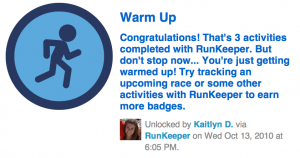 For speculators of location based services, this could be a game changer. By earning badges for activities, users are still using the fundamental idea of “exploring” but without the added hassle of remembering to check-in.
For speculators of location based services, this could be a game changer. By earning badges for activities, users are still using the fundamental idea of “exploring” but without the added hassle of remembering to check-in.
Foursquare has stated it will soon be testing out this feature with other partners, a leap that will allow the service to jump into the action based realm of many other location based applications.
Imagine making a reservation for your favorite restaurant and automatically receiving a reward? Or scanning a receipt from a boutique and getting a discount? The possibilities and user base are opened much wider with this expansion. What do you think? Will more people be open to using LBS with these integrations?


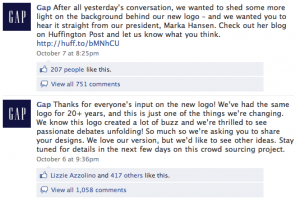 Crisis communication in social media is key. Here’s a look at the good and bad so far in the Gap logo disaster:
Crisis communication in social media is key. Here’s a look at the good and bad so far in the Gap logo disaster: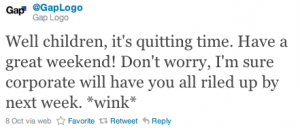
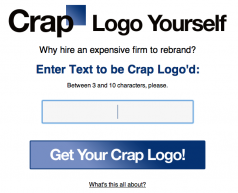
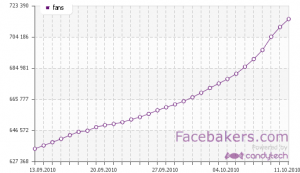
![IMAG0022[1]](https://kaitlynwhite.com/wp-content/uploads/2010/10/IMAG00221-1024x612.jpg)